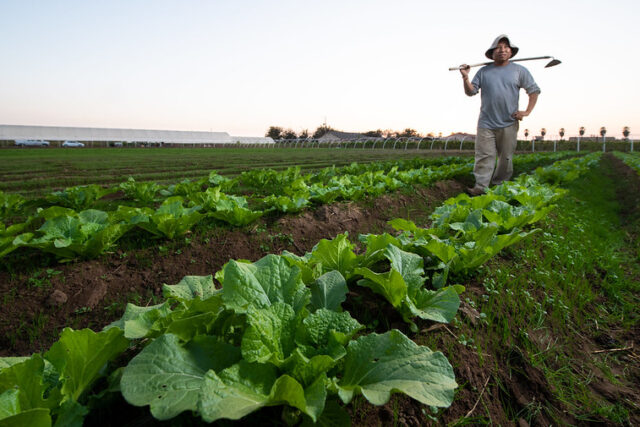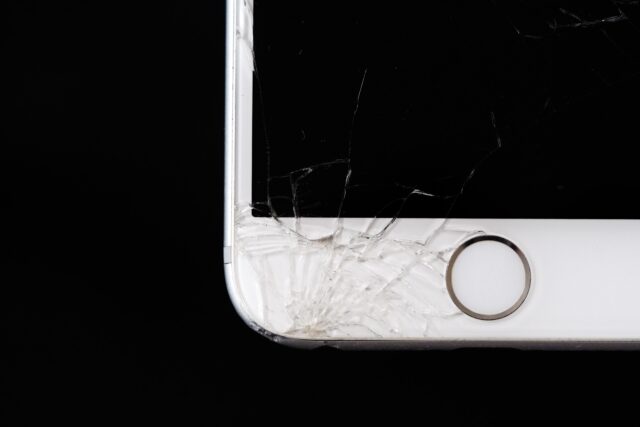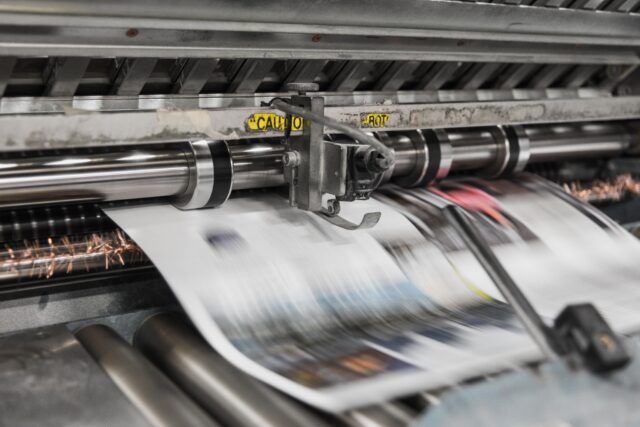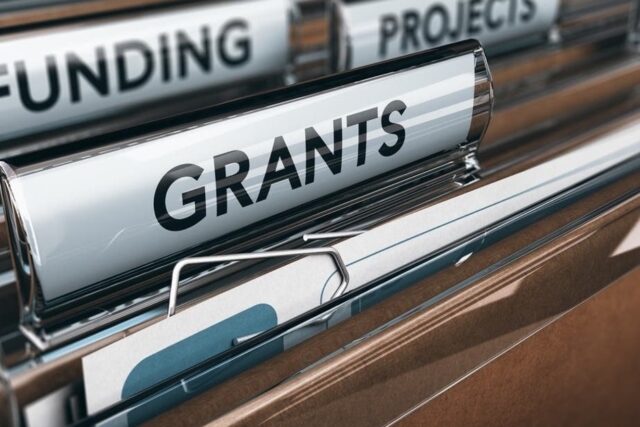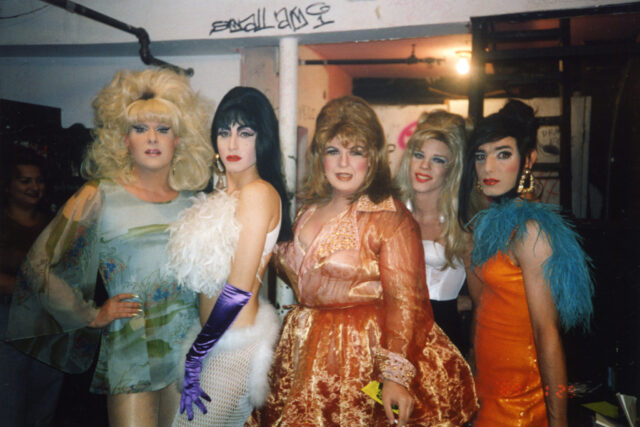The only way to stop this vicious cycle is to cut down on plastic use, and the most effective way to do that is to stop its production at the source. That will be an uphill battle.
Rising costs of gas and oil combined with the growing push for green energy alternatives has put the industry in crisis once again, and the backup plan for oil and gas companies who can no longer sell fuel is to sell plastic. Just like in the 1980s, plastic corporations are once again peddling recycling as the solution to the world’s plastic woes.
There are advertisements to accompany the new push that are eerily reminiscent of the marketing from decades ago. The industry even goes so far as to admit that plastic recycling failed the first time around, but asks the public for a second chance and the opportunity to “fix” recycling.
But there’s no way to fix a strategy that was always designed to fail. Indeed, on the waste management hierarchy, recycling was never meant to come first. The priority should always be prevention, then reduction, and then reuse before recycling even comes into play.
But there’s no way to fix a strategy that was always designed to fail.
The better approach — and, in fact, the only meaningful approach — is to hold corporations responsible for their effect on the environment and to move the blame from consumers to the producers who created the plastic crisis in the first place.
This effort is gaining momentum as cities and almost ten states across the U.S. — including California, Connecticut, New York, and Oregon — have begun banning the use of plastic bags or straws, targeting the more visible types of plastic waste. New Jersey recently joined the ranks with a plastic bag ban that went into effect in May of 2022. California lawmakers have even introduced two pieces of legislation that together would ban certain types of single-use plastic entirely. Bans like this are important because they stop the production of plastic waste at the source and limit the amount of plastic that enters the economy and later the environment.
There is also a growing movement in Europe, Canada, and some U.S. states to force companies to take financial responsibility for the products they create. These policies, known as Extended Producer Responsibility (EPR) schemes, require corporations to fund the recycling and handling of the plastic waste they produce, and puts the full life cycle cost of products on producers.
The effect is twofold—first, recycling systems become better-funded without dipping into taxpayer resources. More importantly, EPR raises the projected costs for companies planning to use plastic and therefore make plastic a less financially attractive option. Since one of the main reasons that corporations love plastic is its cheapness, rising costs will incentivize companies to look elsewhere for their materials and reduce the amount of plastic created over time.
The better approach — and, in fact, the only meaningful approach — is to hold corporations responsible for their effect on the environment and to move the blame from consumers to the producers who created the plastic crisis in the first place.
Unlike plastic recycling, EPR may not be a fairytale. The laws are already common for other types of goods like batteries, electronics, pharmaceuticals, and a host of other products, and there’s a growing call to apply them to plastic too.
Some states have launched a coordinated campaign to introduce EPR legislation, and in 2021 Maine became the first state to pass an EPR law for packaging materials, with Oregon following soon after. California, Hawaii, Maryland, Massachusetts, and New York have all introduced bills that are still making their way through the legislative process. Today, fifteen states have introduced plastic EPR bills, and that number will continue to grow if the public calls for it.
Other areas of intervention are also possible. Regulations that require accurate labeling of plastic materials — i.e., whether it is actually recyclable at most recycling facilities — would greatly reduce the confusion created by the common “recycling arrows” symbol. Indeed, the Federal Trade Commission has begun cracking down on misleading claims about biodegradable plastic, an important step in curbing widespread consumer deception.
Other regulatory schemes could require that producers disclose the full environmental impact of the products that they create: how much water is used in creating the product, the carbon footprint of production, and the environmental impact of the plastic waste. Corporations already have this information, and public disclosure would push companies that are unwilling to take responsibility for the effects of their actions.
No matter the approach, the most important part of any regulation must be that it targets plastic producers and incentivizes plastic reduction and investment in alternative materials.
No matter the approach, the most important part of any regulation must be that it targets plastic producers and incentivizes plastic reduction and investment in alternative materials.
Plastic production is on the rise and will only continue to grow exponentially. Analysts predict that the production of plastic will triple by 2050, to devastating environmental consequences. As oil and gas prices rise and green energy becomes more popular, plastics are the backup plan — and indeed the biggest market for growth — for the oil and gas industry. Chevron Phillips has even built a brand-new, $6 billion plastic plant in Texas as it tells shareholders to expect the company’s future profits to come from the plastic business.
As the oil and gas industry doubles down again on plastic, the world cannot continue to rely on a doomed recycling system to dig us out of this crisis. Instead, the plastic industry must be held accountable and forced away from producing these toxic materials in the first place. Plastic bans, EPR legislation, required disclosure, and increased regulation may be our best bet at turning society away from its dependence on plastic.
As history makes clear, however, no reform policy can stand on its promise. Regulatory policies should be assessed primarily by their actual consequences — in this case, whether or not they lead to a plastic-free future that is healthy, safe, equitable, and sustainable.
* * *

![The [F]law on](https://theflaw.org/wp-content/uploads/2022/11/sean-pollock-PhYq704ffdA-unsplash-640x427.jpg)
